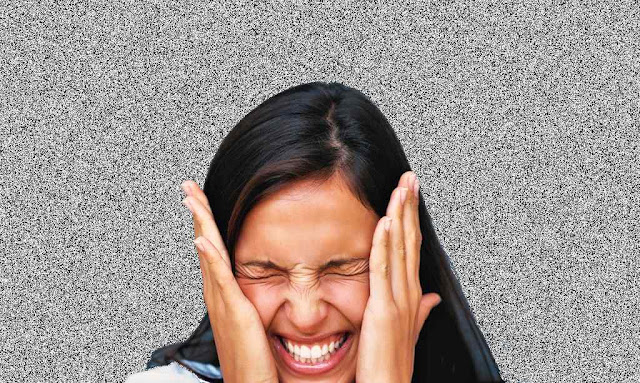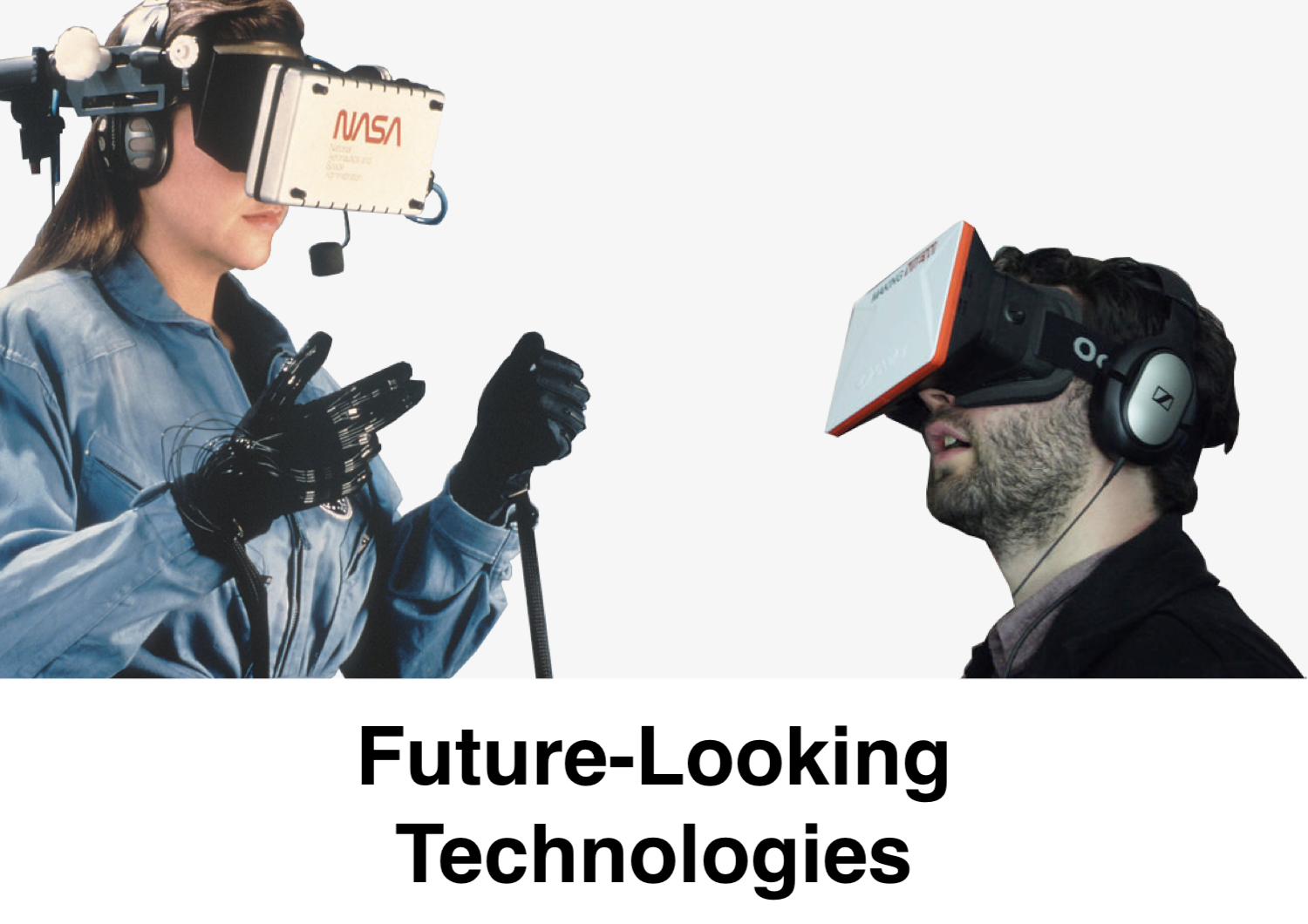You Won't BELIEVE How I Profiled My Noise

Introduction
After my previous post about data augmentation, Philip suggested that noise profiling might be an effective way of augmenting data. The idea is that if we can extract the general background noise from a dataset, then we can synthesize more of it into all of the recordings. This would effectively scramble the last few bits of the data with plausible sounds while retaining the louder events. So I wrote a script for profiling the noise in a dataset, and it occurred to me that this, in its own right, might be a useful part of a suite of tools for soundscape synthesis, so it is getting its own post.Algorithm
The script is part of the private ambisynth synth utilities.This is an outline of how it works.
Analysis
The script first analyzes the dataset to find a good noise sample. It does this by looking for the quietest moment in the corpus. I slide a 1-second window over the entire corpus, and for each window I calculate the perceptual loudness, as defined in Section 8.1.1 of this paper, which involves summing the individual loudnesses across each bark band. I define the 'noise profile' to be the 1-second window with the least perceptual loudness.Synthesis
The script can then generate more background noise by convolving the noise profile with white noise. (As a side note, it might be worth trying a more impulsive type of noise,Results
I used the script to profile the noise and then synthesize a 30-second sample for each of the 15 classes in DCASE 2016. Here are the results. For each class, I give the original stereo recording where the noise profile came from, the noise profile (a 1-second mono clip from the original recording), 30 seconds of synthesized noise, and a bode plot of the noise profile.THESE RECORDINGS ARE VERY QUIET BUT SOME OF THEM HAVE SUDDEN LOUD PARTS, SO BE CAREFUL WITH YOUR VOLUME KNOB
Beach

original recording:
noise profile:
synthesized noise:
Example 1: Noise profile of the lakeside beach sounds from DCASE 2016
Bus

original recording:
noise profile:
synthesized noise:
Example 2: Noise profile of the bus sounds from DCASE 2016
Cafe Restaurant

original recording:
noise profile:
synthesized noise:
Example 3: Noise profile of the cafe restaurant sounds from DCASE 2016
Car

original recording:
noise profile:
synthesized noise:
Example 4: Noise profile of the car sounds from DCASE 2016
City Center

original recording:
noise profile:
synthesized noise:
Example 5: Noise profile of the city center sounds from DCASE 2016
Forest Path

original recording:
noise profile:
synthesized noise:
Example 6: Noise profile of the forest path sounds from DCASE 2016
Grocery Store

original recording:
noise profile:
synthesized noise:
Example 7: Noise profile of the grocery store sounds from DCASE 2016
Home

original recording:
noise profile:
synthesized noise:
Example 8: Noise profile of the home sounds from DCASE 2016
Library

original recording:
noise profile:
synthesized noise:
Example 9: Noise profile of the library sounds from DCASE 2016
Metro Station

original recording:
noise profile:
synthesized noise:
Example 10: Noise profile of the metro station sounds from DCASE 2016
Office

original recording:
noise profile:
synthesized noise:
Example 11: Noise profile of the office sounds from DCASE 2016
Park

original recording:
noise profile:
synthesized noise:
Example 12: Noise profile of the park sounds from DCASE 2016
Residential Area

original recording:
noise profile:
synthesized noise:
Example 13: Noise profile of the residential area sounds from DCASE 2016
Train

original recording:
noise profile:
synthesized noise:
Example 14: Noise profile of the train sounds from DCASE 2016
Tram

original recording:
noise profile:
synthesized noise:
Example 15: Noise profile of the tram sounds from DCASE 2016
Night

noise profile:
synthesized noise:
Example 15: Noise profile of the night sounds from RPPTv



Michael, you write some incredibly interesting posts and the research behind this is fascinating.
ReplyDeleteI have to admit that I went off to find out more about Cepstral filtering and there appears to be a large body of research out there for speech processing-machine learning mostly, and quite a few other related projects.
Thanks Michael, am very much looking forward to your future work!!